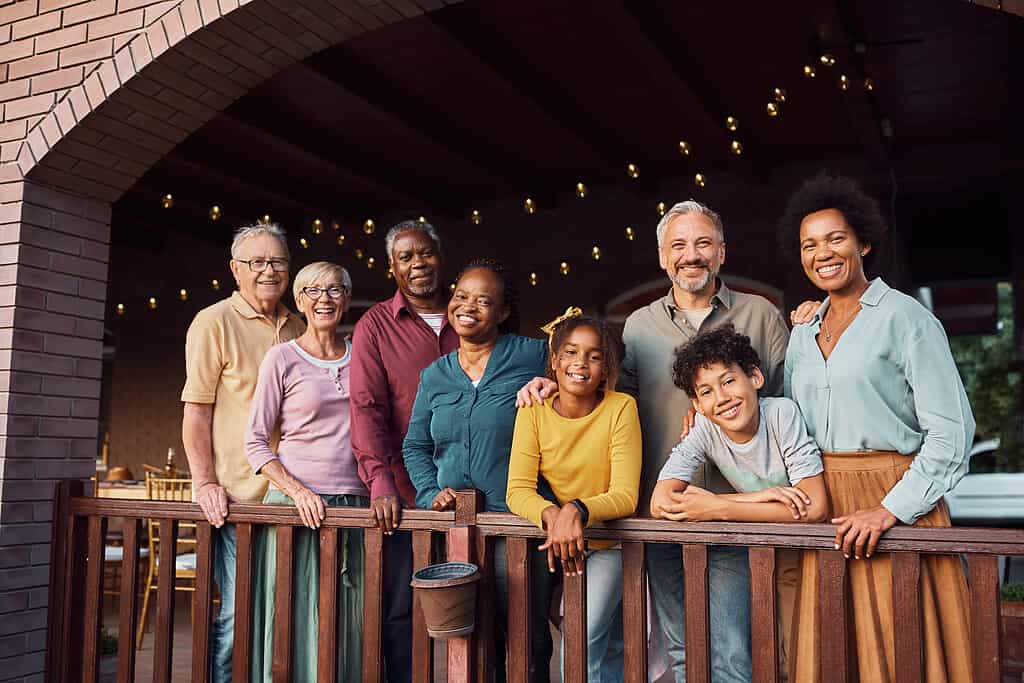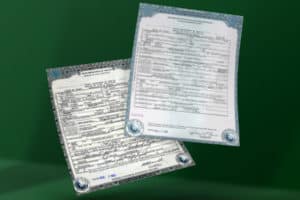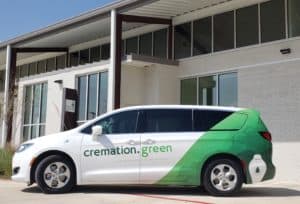It’s now possible to compost human remains, meaning that the deceased can go through a compositing process that breaks down biological matter turning it into usable soil. The process known as natural organic reduction (NOR) is the latest form of disposition being used around the country.
Families have a lot of questions beyond, what is human composting? More and more people that are interested in eco-friendly funeral services want to know about the role the family plays in the NOR process. They want to know how involved the family can be when composting human remains.
It turns out that this alternative form of disposition actually shares some similarities with traditional options when it comes to family involvement.
Family Involvement When the Body is Sealed in the Composting Vessel
It may be possible for the family to actually be a part of the human composting process at various stages. In fact, some NOR facilities are set up to accommodate friends and family that want to be involved. There are three common ways the family can take part in human composting.
Viewing the Vessel Entry
It may be possible to have a funeral service prior to the body being put in the composting vessel. It’s kind of the same idea as having a viewing before a cremation. Friends and family can come to the facility to honor the deceased and watch as the body enters the vessel before being sealed shut.
Giving a Eulogy
Eulogies are common with traditional funeral services, and human composting isn’t an exception. If you choose to do a viewing of the vessel entry you can also ask a friend or family member to write a eulogy. For some people, writing and reading a eulogy provides closure and serves as a remembrance for future generations.
Adding Biological Keepsakes
Before the vessel is closed you may be able to add a special keepsake that becomes part of the soil. Notes can be handwritten with special ink on biodegradable paper then placed in the vessel with the body. Other biological keepsakes may also be allowed in the vessel. The provider can go over the options in detail and give you suggestions on what can be included.
Checking on the Process
Natural organic reduction isn’t like cremation or burial in a number of ways, and the timeline is a major differentiating factor. From start to finish, composting human remains takes 8-12 weeks. It’s understandable that the family would want to keep an eye on what’s happening during that extended period.
The provider should keep you updated on the process and what stage you’re at regardless of whether or not you come by the facility. But you can be more proactive and visit the facility to check on things in-person. Typically, doing so isn’t an issue as long as you contact the facility in advance.
This is an aspect of human composting that many families consider to be an advantage over cremation and burial. They are actually getting to witness the process in action, which can be very reassuring. Essentially it’s like being able to check in on your loved one.
Using the Soil Created by Your Loved One
One of the last steps in composting human remains is ensuring the soil has the proper pH balance and macronutrients to support plant growth. The end result of the natural organic reduction process is nutrient-rich soil that can be used in a number of ways. That’s the whole point of NOR, to turn remains into something that will benefit the environment rather than harm it.
Here are a few common ways families use the soil from natural organic reduction.
Personal Use for Growing Plants
Human composting is like cremation in that the family can receive the remains at the end. In the case of natural organic reduction, the family can choose to receive the soil.
This option comes with one important factor that families have to consider just as they would if they choose to cremate and want to use the cremains to grow a plant. The human compost soil and plants it grows will stay at that property. Unlike cremains kept in an urn, human compost remains can’t be transported once it’s used. If you move or no longer own the property you may lose access to the “final resting place” of your loved one.
If you do choose to use the human compost soil you can use it like you would any other soil.
Scattering the Soil
Some families choose to treat the human compost soil the same as cremains and scatter it in a meaningful spot. Instead of floating on the wind, the soil settles into the ground wherever it’s scattered.
Because NOR is so new, spreading the soil in public places is a gray area. Since it’s healthy soil there shouldn’t be an issue, but you may want to err on the side of caution and follow the same regulations that are in place for scattering cremated remains. The state of Washington has actually created regulations for spreading human compost soil, and they are the same as the laws for scattering cremains after cremation.
Donating Human Compost Soil
If you can’t think of a way to use the soil or don’t have someplace to use it, donating human compost soil is another option. For some people, doing this is on the level of donating your body to science. The point is for the remains to provide the greatest benefit to as many people as possible. If that’s the goal, soil donation is the way to go.
If you’d like to donate part or all of the human compost soil, discuss it with the service provider. They most likely already have connections and partnerships with conservationists and land preservation organizations that will use the soil. Of course, the family can choose to donate the human compost soil to other organizations that have no affiliation with the service provider.
If you’d like to know more about human composting options in Texas, please contact our team any time. We can work with local families to arrange legal natural organic reduction services that allow you to be as involved as you want.





